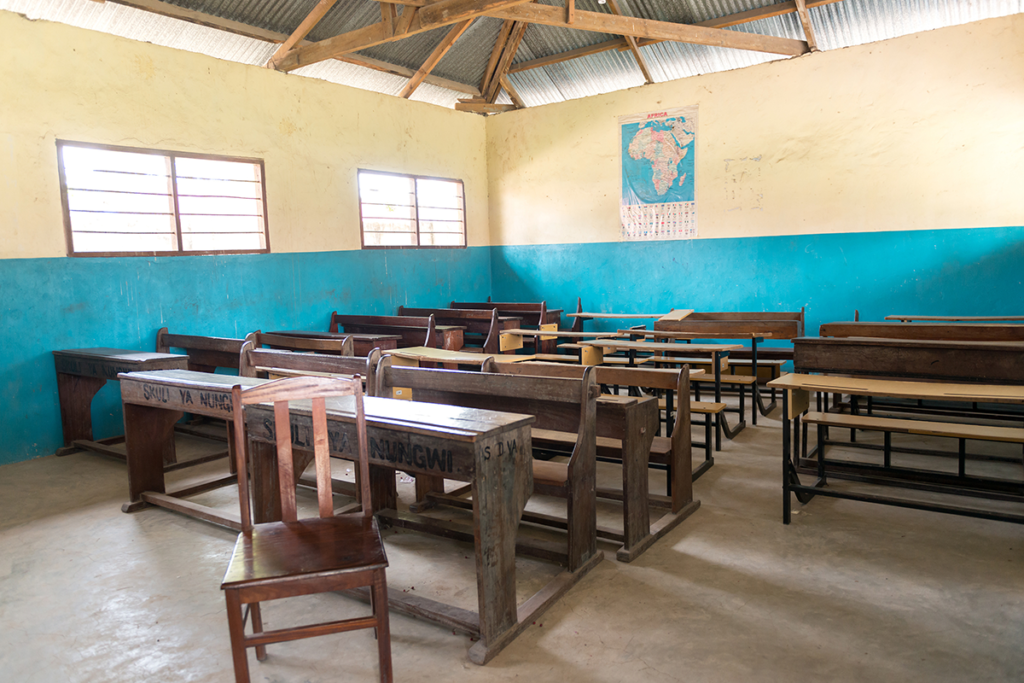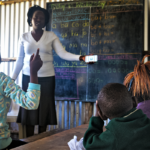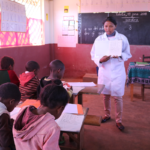Introduction
This blog post draws on the experience of implementing the remedial education component of the Passerelles project in Southern Senegal to shed light on whether additional targeted support can affect the ability of primary school students in LMICs to succeed in their regular education programming, and to what extent.
The intervention
Seeking to improve transition rates between primary and middle school, Passerelles designed a remedial education component that targets learners in the last grades of formal primary schools (Grades 3-5 equivalents). The program is implemented by facilitators who meet with learners for weekly sessions to reinforce foundational concepts in reading (in French) and math and to support them in developing learning strategies. Facilitators are recruited from local communities and are trained and equipped by the project with lesson plans and materials for implementation. Boys and girls who participate in the remediation program are selected by their schools’ directors based on their low academic achievement.
The study
Due to programmatic constraints, random allocation of learners into beneficiary and comparison groups was not possible. Our comparison group consists of students whose academic performance was deemed by their teachers to be at a similar or slightly higher level than learners who were assigned to attend remediation sessions.
That assignment into remediation sessions is done by school administrators based on the students’ performance is a key element of our study design. We can exploit the fact that being selected to attend the remedial program is a function of being below or above a certain cutoff in reading and math scores, employing a regression discontinuity design (RDD). RDD has been used successfully in other settings to isolate the causal effect of remediation programs (Jacob and Lefgren, 2002). In other words, we use pre-intervention reading and math assessments to proxy for students’ reading and math ability as judged by their teachers. Because the proxy will naturally be imperfect, the setup lends itself well to a fuzzy design (Imbens and Lemieux, 2007).
Figures 1a and 1b below help illustrate the assumptions in our study[1]. The data point in the red box in Figure 1a shows that approximately 85 percent of learners who scored 10 percent correct in the pre-intervention reading assessment were selected to receive remediation. While the relationship is not perfectly linear, we observe that the share of learners assigned into remediation decreases as reading scores increase, as expected (the same happens in Figure 1b for math scores). Around the section of the graph between 65 and 70 percent for reading score (the red vertical line) the share of learners who received remediation decreases sharply, even though the increase in scores is not as substantial. This is the discontinuity on which our design relies: it is likely that students right below the 65 percent correct cutoff (who received remediation) and right above (who did not receive remediation) are comparable because they will be similar across most of their characteristics, except for the fact that one group received remediation. The assumption that these students are comparable allows us to address the issues associated with the non-random selection of students into remediation.
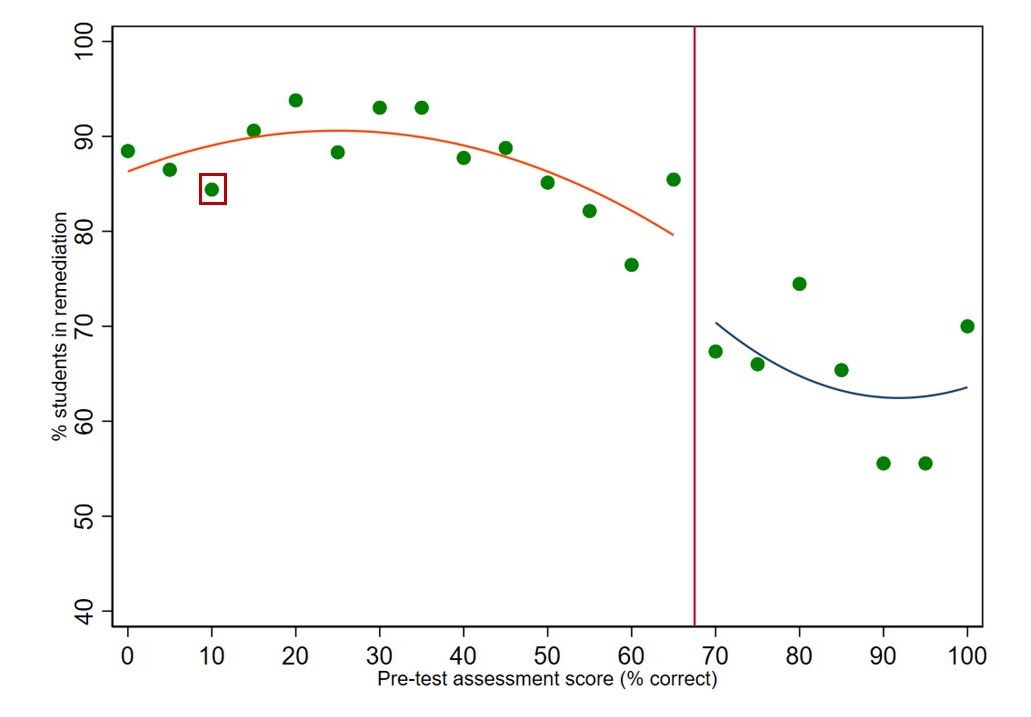
Figure 1a: Share of students who attended the remedial program and pre-intervention reading scores.
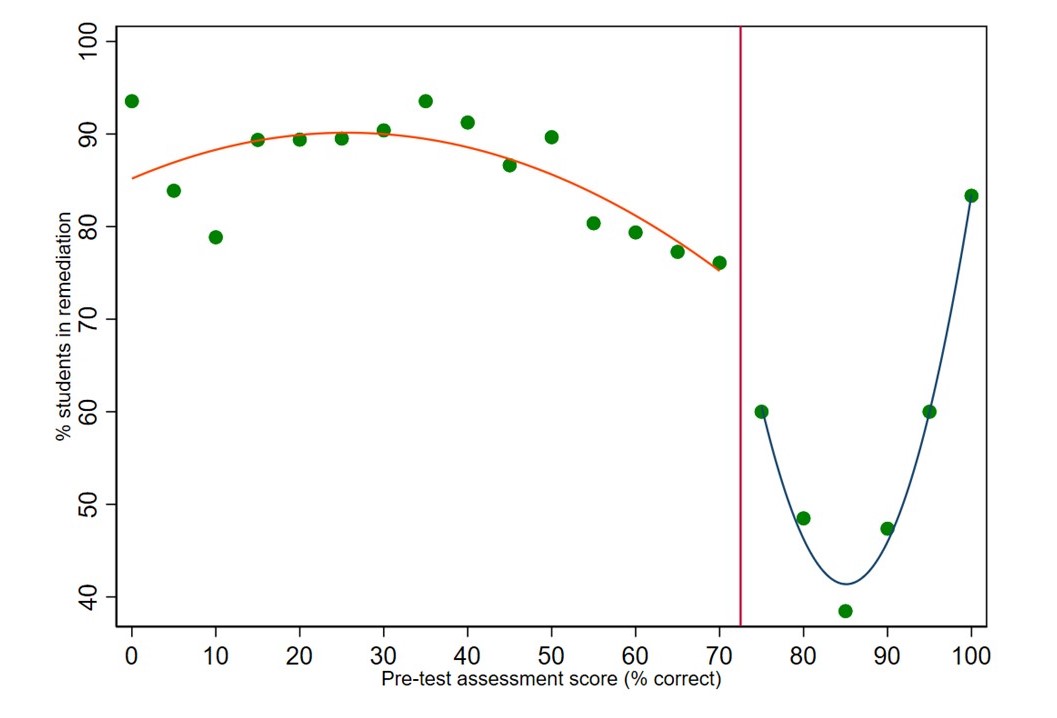
Figure 1b: Share of students who attended the remedial program and pre-intervention math scores
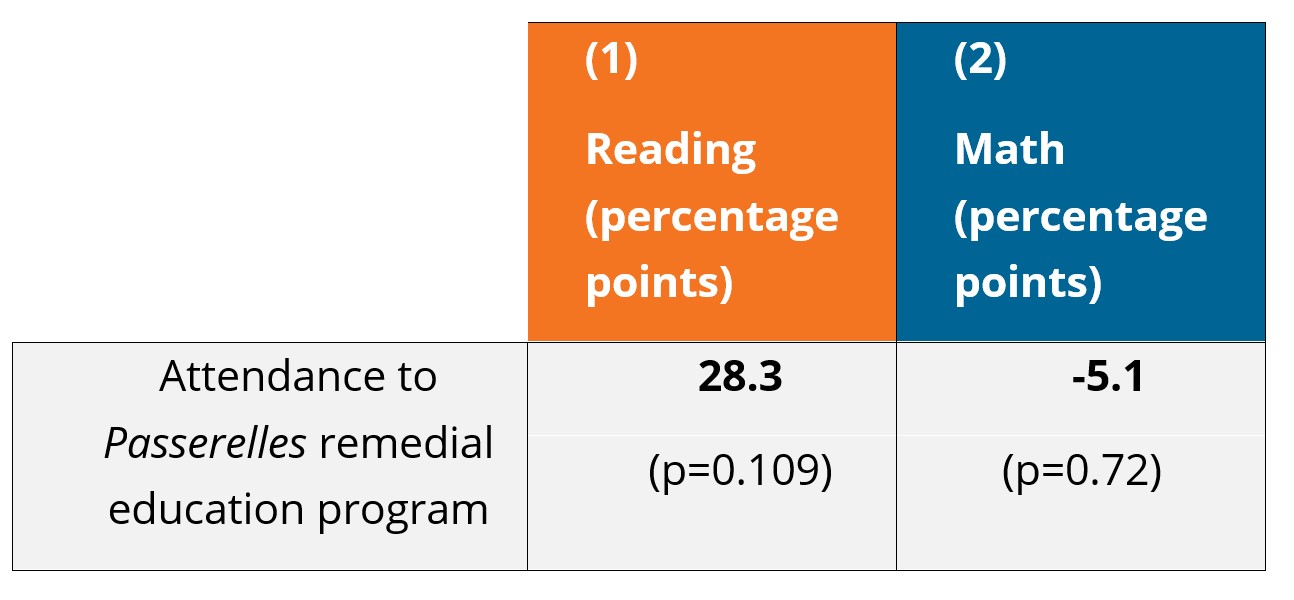
Table 1: Results from regression analysis.
Thus, our analysis concentrates on learners around the cutoff area, for whom we examine their performance in reading and math tasks both before and after their participation in remediation, while students in the comparison group were assessed at the same time. Results from our regression analysis suggest that students who attended the remedial program had, on average, reading scores at endline that were 28 percentage points higher than those who did not. While the p-value is slightly outside conventional significance levels, it is likely that a larger sample size in the comparison group could lead to results that are statistically significant for reading. We observe no statistically significant difference in math scores by treatment status.
Implications
More generally, the results emerging from the Passerelles remediation component in Southern Senegal suggest that remedial education programs can make a difference for learners in LMICs. Additional, targeted support for low-performing learners has the potential to close performance gaps and improve their changes to remain in the formal school system and develop foundational reading and math skills. Similar studies that explore the effectiveness of different modalities of remediation are therefore needed to expand our knowledge base and continue informing project design.
[1] While our methodology relies on modeling selection into remediation as being determined by two cutoffs (reading and math), we show separate graphs for reading and math for simplicity.
Photo credit: tan4ikk/Adobe Stock
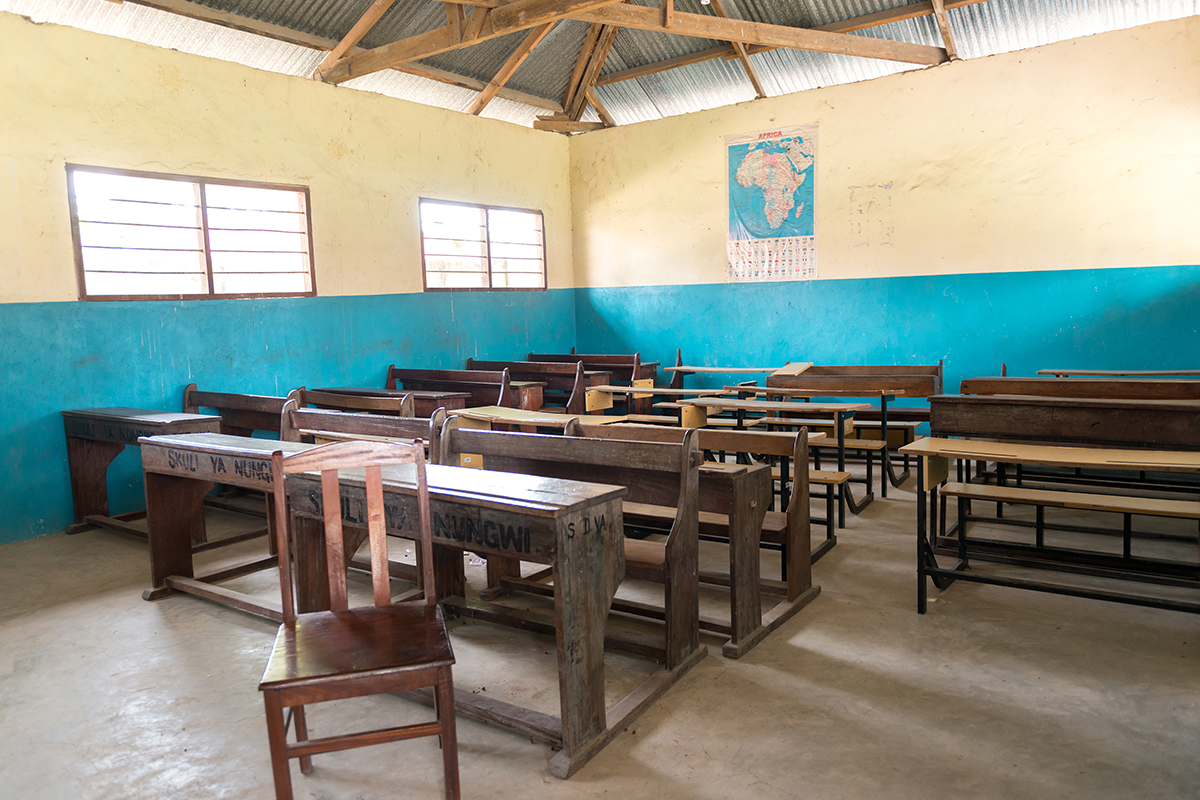
See Research in Action
USAID Passerelles Senegal
